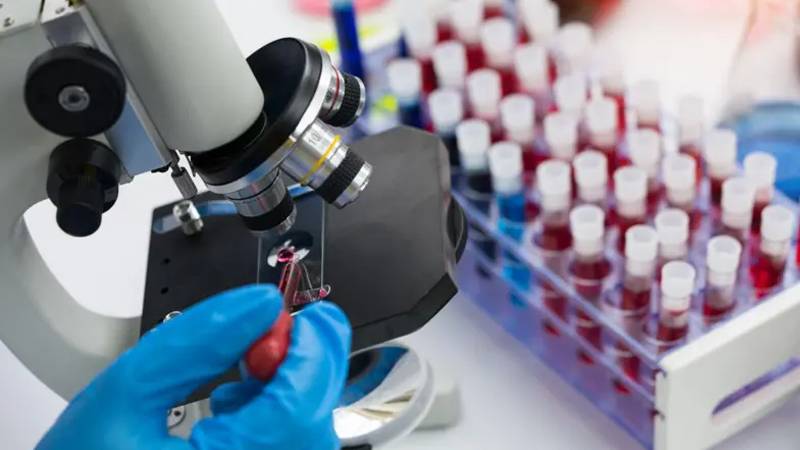Neue Behandlungshoffnung für AIDS: Der Versuch, HIV aus der Zelle zu isolieren, war erfolgreich

In a study conducted in the Netherlands, scientists announced their success in separating HIV from infected cells in a laboratory setting.
The researchers utilized the CRISPR gene modification technology, which has been awarded the Nobel Prize. This technology functions like a molecular scissor on a DNA level, allowing for the „cutting“ of DNA and removal or rendering of harmful parts contained within it.
The ultimate goal of the study is to completely cleanse the body of the virus, but further investigations are still required to prove the safety and efficacy of this method.
The group conducting the research at the University of Amsterdam presented a summary of the study at a medical conference this week.
However, the team emphasized that the study is in the conceptual phase and is merely a „proof of concept“ study, stating that its application in HIV treatment „is not feasible in the near future.“
Prof. works on stem cell and gene therapy technologies at the University of Nottingham in England. Dr. James Dixon also approached cautiously, stating that the research results should be further examined; „More studies are needed to determine if the obtained measurements are effective throughout the body to enable treatment,“ he said.
Prof. Dixon added that this technology still needs much further development before it can be used in treating HIV-positive patients.
There are other scientific studies attempting to utilize CRISPR technology against HIV.
One of them, Excision BioTherapeutics, announced that in the 48-week study involving three volunteers, no side effects were observed.
However, Dr. from the Francis Crick Institute in London. Jonathan Stoye stated that „concerns regarding this technology persist due to its indirect and long-term side effects.“
HIV is a virus that attacks immune system cells. It replicates itself using these cells.
What is CRISPR technology?
CRISPR (gene modification technology) was discovered in 2012.
In CRISPR technology, the Cas9 protein is used as a molecular scissor to cut DNA.
Scientists employ this technology in laboratories to cut disease-causing DNA in human cells.
However, according to experts, this process is far from complete, as it can result in excessive DNA cutting.
This can lead to alterations in other important genes and trigger cancer.
The most controversial topic in genome editing is the possibility of making changes to genes that can be passed on to future generations.




